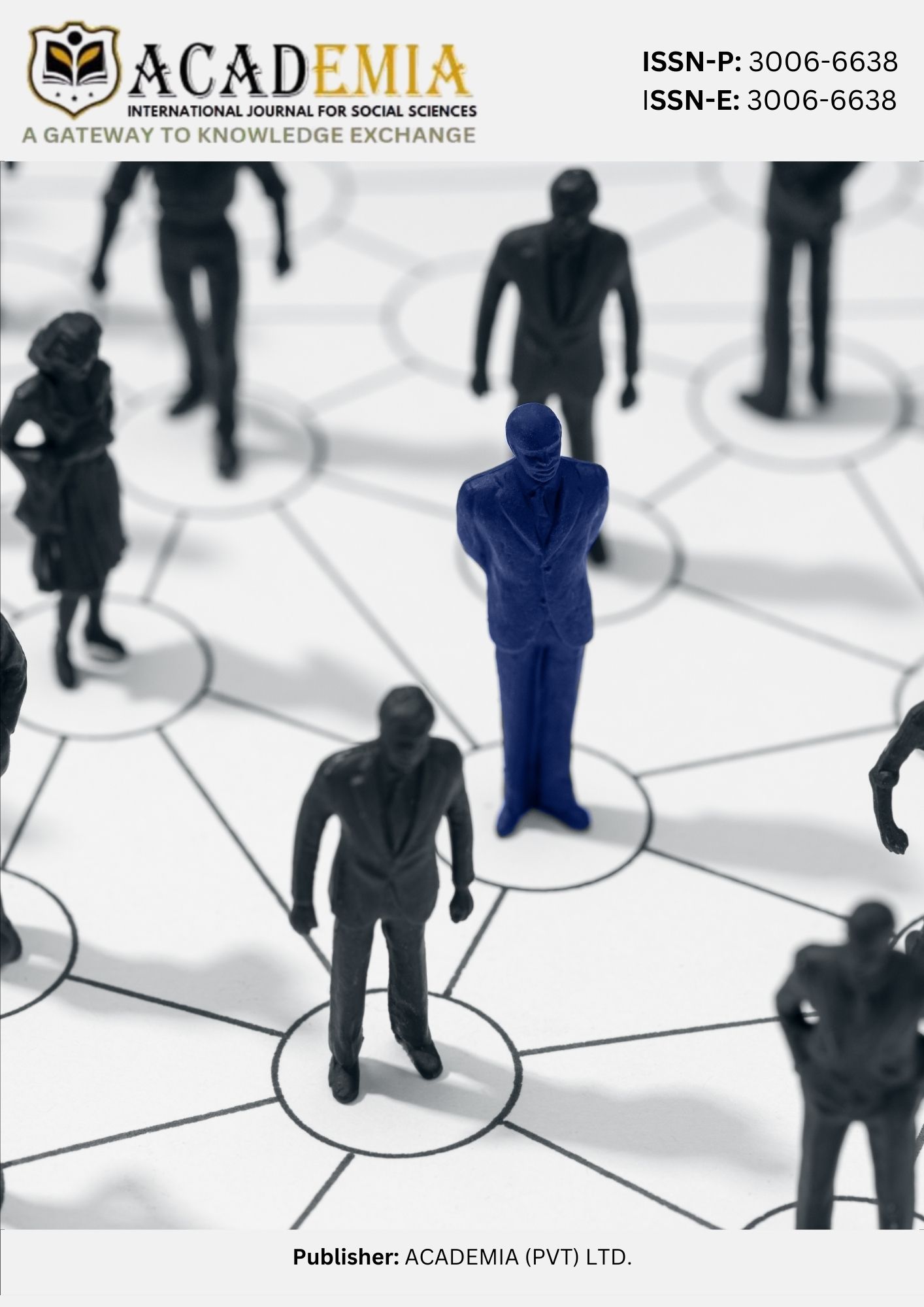Managing Urban Growth: The Role of Migration in Pakistan’s Mega Cities
DOI:
https://doi.org/10.63056/ACAD.004.01.0156Keywords:
Rural-urban migration , push and pull factors , reasons for migration , Migrant workforce , city expansionAbstract
In developed countries, rural-to-urban migration has notable socio-economic effects on both urban and rural regions. Migrants typically move to cities with some prior awareness of urban living, and their decisions are often self-motivated, though not always well-planned. A large proportion of these migrants are young, predominantly male, and unmarried, with many possessing some level of vocational or educational training before relocating. Migration is influenced by a variety of factors, including the search for better job opportunities, access to education and skill enhancement, and issues related to land ownership and declining agricultural productivity. Migrants often encounter challenges during the initial stages of settling into urban environments. This study seeks to explore the main causes and impacts of rural-to-urban migration. Data will be gathered through questionnaires administered to migrant households to capture relevant insights, and descriptive statistics will be employed to analyze and interpret the findings. The aim is to better understand the driving forces and difficulties linked with migration.
Downloads
Published
Issue
Section
License
Copyright (c) 2025 Furqan Javed Arain, Sania Rehman Memon, Salman Mateen, Shahzad Yousuf (Author)

This work is licensed under a Creative Commons Attribution 4.0 International License.












